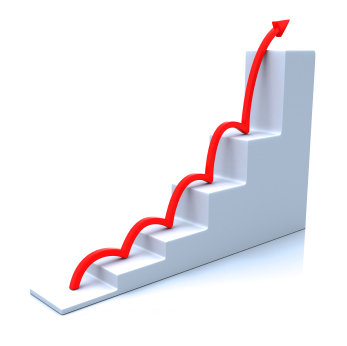The sources of economic growth and economic development
Syllabus: Explain that the most important sources of economic growth in economically less developed countries include:- increases in quantities of physical capital and human capital,
- the development and use of new technologies that are appropriate to the conditions of the economically less developed countries, and
- institutional changes.
 There are four basic requirements, which are:
There are four basic requirements, which are:
- Natural resources - land, minerals, fuels, climate; their quantity and quality.
- Human resources - the supply of labour and the quality of labour.
- Physical capital and technological factors - machines, factories, roads; their quantity and quality.
- Institutional factors - which may include the banking system, the legal system and important factors like a good health care system. We look at this in more detail in Section 4.3.
Economic growth is caused by improvements in the quantity and quality of the factors of production, i.e.
- land,
- labour,
- capital
- entrepreneurs.
Conversely, economic decline may occur if the quantity and quality of any of the factors of production falls. In this section we look at approaches that developing countries could take to improve the quantity and quality of factors of production. We consider the following topics in detail:
- Natural factors
- Human factors
- Physical capital and technological factors
- Institutional factors